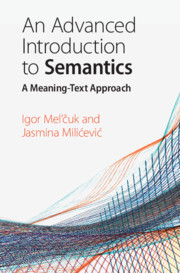Infinitival Complements in German
In this study Terence McKay demonstrates how the principles of the theory of Government and Binding apply to German syntax and in particular to an aspect that has exposed especially problematic and interesting issues: the properties of the infinitival constructions with lassen, scheinen and the verbs of perception. Previous attempts to account for the syntactic ambivalence between mono- and bisententiality of these constructions have been demonstrably inadequate or incomplete. Here Dr McKay argues convincingly for a bisentential approach, which is compatible not only with standard constituency tests but also with the Projection Principle. Such an approach, interacting with government, binding, theta and case theories, successfully accounts for the specific facts concerning relativisation, extraposition, topicalisation, quantifier movement and negative scope interpretation. The book not only offers important insights into the structural complexity of German but also makes a valuable contribution to Government and Binding theory and its application to German, about which very little has been published so far.
Product details
March 2009Paperback
9780521103220
240 pages
229 × 152 × 14 mm
0.39kg
Available
Table of Contents
- 1. Ambiguity between mono- and bisententiality
- 2. Previous approaches and proposals
- 3. Dislocation of S deletion complements and the theory of Government and Binding
- 4. Empty subjects in German
- 5. Reflexivisation
- 6. Quantifier movement
- 7. Initial constituents, topicalisation and clitics
- 8. Conclusion
- Bibliographical References
- Index.






